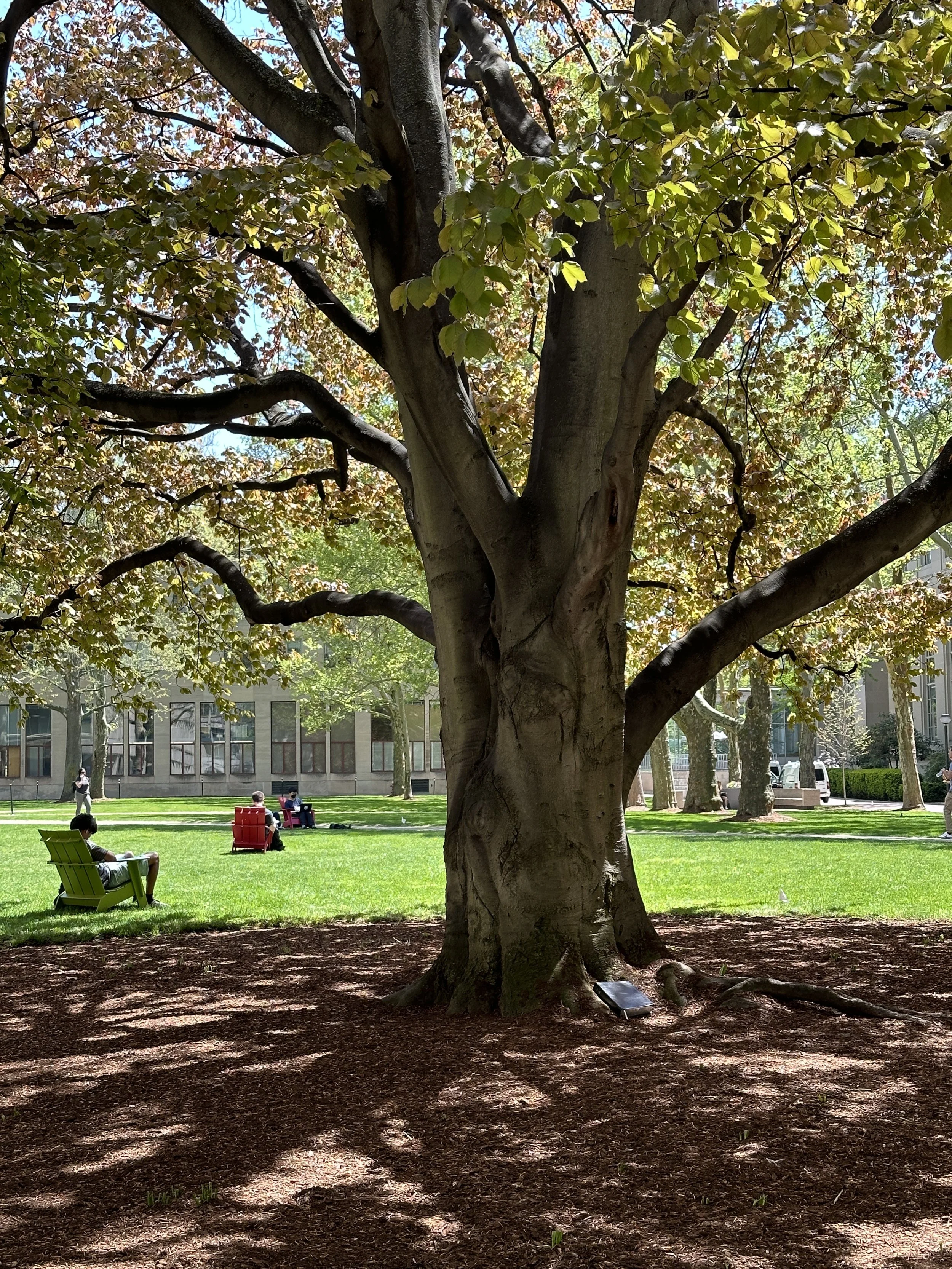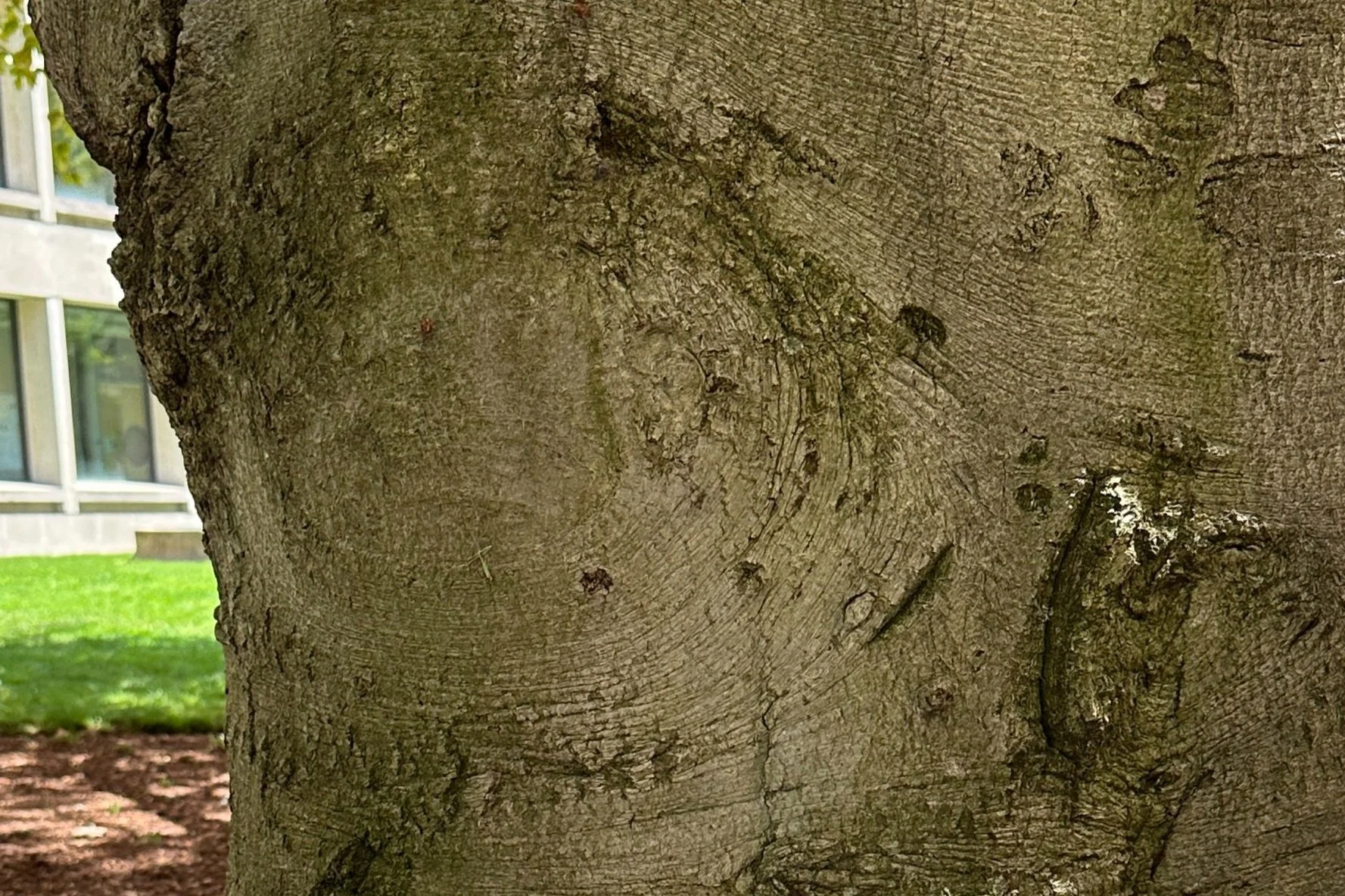Reintegrating the Socio-ecological Self
The essence of trauma is the fracturing of the Self. As theorized in Internal Family Systems Therapy, a mind is made of an ecology of parts which possess different memories, maturities and relational tensions. In response to overwhelming stress, the part that bears the burden of the trauma is “exiled” from this architecture to protect the survival of the overall organism. Cognitive dissociation from the exiled memory emerges as a protective mechanism, producing a sense of internal self-alienation. Because the traumatic memory is not integrated into a person’s autobiographical history, this causes the person’s body to physiologically behave as if the event is still ongoing.
I’ve come to believe that the ‘Fall from Eden’ is a cultural articulation of a real traumatic ecological event which generated the feeling that we could no longer rely on the greater body of the more-than-human world. This event caused an ontological fracture in the socio-ecological Self and led to the anthropocentric worldview that sees humans as inherently separate from nature. As relatives were rendered into resources, the anthropogenic locus of self-replication sought legibility over “unpredictable” and “hostile” landscapes through the suppression and domination of natural cycles. In this view, extractivism can be viewed as an ecological trauma response.
All trauma therapy effectively rests on the ability to creatively reprocess memories so that they may be safely re-integrated into a person’s autobiographical memory and bring closure. In this interactive exhibit, we explore the usage of EMDR (Eye Movement Desensitization and Reprocessing) and neurofeedback to reprocess the Fall from Eden and feel the land as relative again. After grounding our bare feet on soil between two oak trees, we briefly read Genesis 3:17-3:24 to revisit the memory. Then we sonically experience EMDR through bilateral stimulation of alpha-theta waves that shift across left and right stereo channels for approximately 5 minutes. This brings the brain into a trance state similar to REM sleep. In this state, the brain’s latent creative resources can attach new associations to the Exile and and re-write the traumatic memory with resolution. At this point, the participant is free to spontaneously write or draw anything that comes to mind. Over time, different people’s interpretations and methods for reprocessing the Fall will build into a collective narrative—a sustainable mythology that can become the basis of a post-Exile society.


